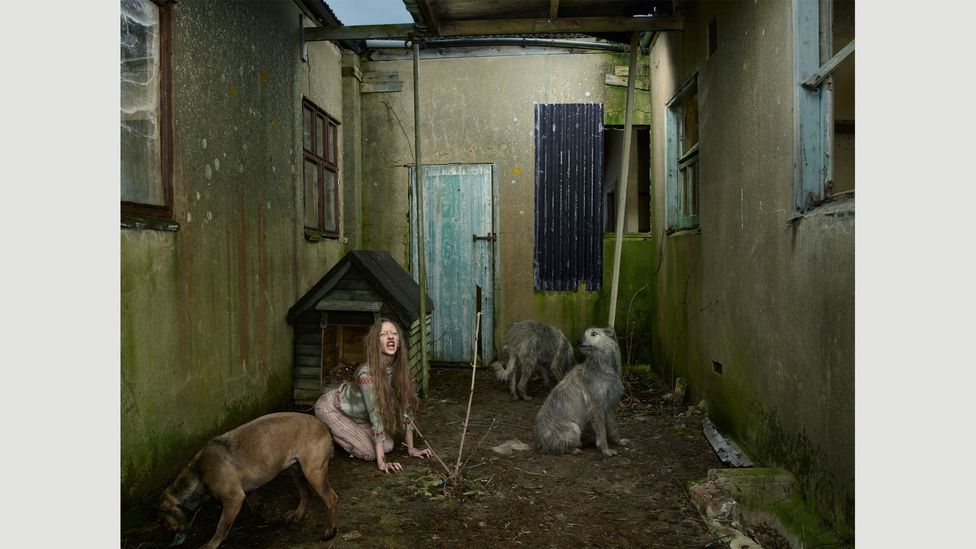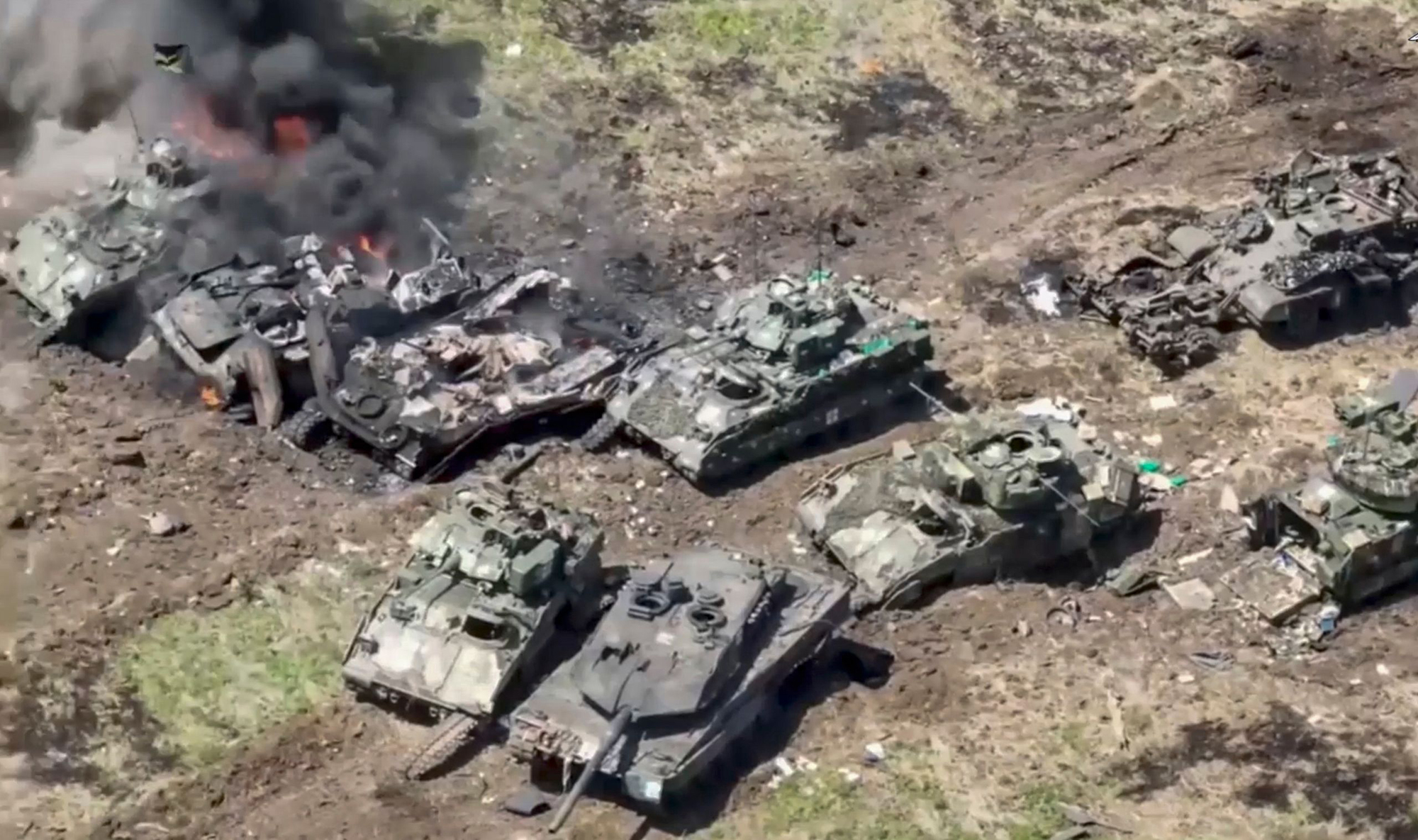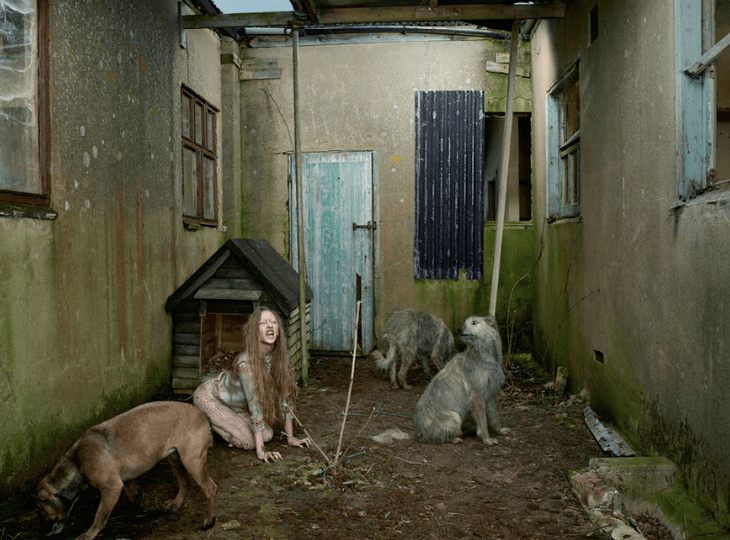What is Malaya Ukraine?
Malaya Ukraine, also known as the Ukrainian Far East, is a historical region in the Russian Far East that was settled by Ukrainian immigrants in the late 19th and early 20th centuries.
The region is located in the Amur Oblast and Khabarovsk Krai of Russia, and it is home to a significant Ukrainian population. Malaya Ukraine was an important center of Ukrainian culture and identity in the Russian Far East, and it played a significant role in the development of the region.
Read also:Uncovering The Roots Of Nicholas Saputra An Ethnic Exploration
The Ukrainian immigrants who settled in Malaya Ukraine were primarily and Cossacks. They brought with them their own culture and traditions, which they preserved and passed down to their descendants.
Malaya Ukraine was a relatively prosperous region, and its Ukrainian inhabitants played a significant role in the economic and social development of the Russian Far East. However, the region was also subject to political and economic turmoil, and the Ukrainian population faced discrimination and persecution at times.
Despite the challenges, Malaya Ukraine remained a center of Ukrainian culture and identity in the Russian Far East. Today, the region is home to a vibrant Ukrainian community, and it continues to play an important role in the cultural and social life of the region.
Malaya Ukraine
Malaya Ukraine, also known as the Ukrainian Far East, is a historical region in the Russian Far East that was settled by Ukrainian immigrants in the late 19th and early 20th centuries.
- Geography: Amur Oblast and Khabarovsk Krai, Russia
- People: Ukrainians, Cossacks
- Culture: Ukrainian language, traditions, and identity
- History: Immigration, settlement, and development
- Economy: Agriculture, mining, and industry
- Politics: Russian rule, Ukrainian autonomy
- Legacy: Ukrainian community and cultural heritage
These key aspects highlight the diverse dimensions of Malaya Ukraine, from its geographical location and people to its culture, history, economy, politics, and legacy. The region played a significant role in the development of the Russian Far East and continues to be an important center of Ukrainian culture and identity.
1. Geography
The geographical location of Malaya Ukraine, in the Amur Oblast and Khabarovsk Krai of Russia, played a significant role in its development and character. The region's vast and fertile lands provided ample opportunities for agriculture, which became the mainstay of the Ukrainian settlers' economy. The region's proximity to the Amur River and the Pacific Ocean also facilitated trade and transportation. Additionally, the region's strategic location on the border with China made it a crossroads of cultures and a hub for trade and diplomacy.
Read also:Discover The Enchanting World Of Simcity Amariah
The geography of Malaya Ukraine also influenced its political and cultural development. The region's distance from the Russian heartland allowed for a degree of autonomy and self-governance. This autonomy allowed the Ukrainian settlers to preserve their own culture and traditions, while also developing their own unique identity.
Today, the legacy of Malaya Ukraine's geography can still be seen in the region's cultural and economic life. The region is still home to a vibrant Ukrainian community, and Ukrainian culture and traditions continue to play an important role in the region's identity. Additionally, the region's economy continues to be based on agriculture, and its strategic location on the border with China continues to make it an important center for trade and diplomacy.
2. People
The people of Malaya Ukraine were primarily Ukrainians and Cossacks. They brought with them their own culture and traditions, which they preserved and passed down to their descendants.
- Cossacks: Cossacks were a semi-military community that played a significant role in the settlement and development of Malaya Ukraine. They were known for their horsemanship, military skills, and independent spirit.
- Ukrainians: Ukrainians were the majority population of Malaya Ukraine. They were primarily farmers and peasants, and they brought with them their own language, culture, and traditions.
- Cultural Identity: The people of Malaya Ukraine developed their own unique cultural identity, which was a blend of Ukrainian and Cossack traditions. They preserved their own language, customs, and folklore.
- Economic Life: The people of Malaya Ukraine were primarily engaged in agriculture. They also practiced fishing, hunting, and fur trapping. They traded their goods with other regions of the Russian Far East, as well as with China and Korea.
The people of Malaya Ukraine played a significant role in the development of the region. They were pioneers and settlers who helped to open up the Russian Far East. They also played a key role in the economic and cultural development of the region.
3. Culture
The culture of Malaya Ukraine was a unique blend of Ukrainian and Cossack traditions. The Ukrainian settlers brought with them their own language, customs, and folklore. They also adopted some of the traditions of the Cossacks, such as their horsemanship and military skills.
The Ukrainian language was the primary language spoken in Malaya Ukraine. It was used in schools, churches, and government offices. The Ukrainian settlers also published their own newspapers and books.
Ukrainian traditions were also an important part of life in Malaya Ukraine. The settlers celebrated Ukrainian holidays, such as Christmas, Easter, and Ivan Kupala. They also practiced Ukrainian folk customs, such as embroidery and singing.
The Ukrainian identity was strong in Malaya Ukraine. The settlers were proud of their Ukrainian heritage, and they worked to preserve their culture and traditions.
The culture of Malaya Ukraine was a vital part of the region's identity. It helped to distinguish Malaya Ukraine from other regions of the Russian Far East. It also provided a sense of community and belonging for the Ukrainian settlers.
Today, the legacy of Malaya Ukraine's culture can still be seen in the region. The Ukrainian language is still spoken by many people in the region, and Ukrainian traditions continue to be celebrated.
4. History
The history of Malaya Ukraine is closely connected to the immigration, settlement, and development of the region by Ukrainian settlers. This process began in the late 19th century and continued into the early 20th century.
- Immigration: The first Ukrainian settlers arrived in Malaya Ukraine in the 1860s. They were primarily farmers and peasants from the Poltava and Chernihiv regions of Ukraine.
- Settlement: The Ukrainian settlers established villages and farms throughout Malaya Ukraine. They also founded towns such as Blagoveshchensk and Khabarovsk.
- Development: The Ukrainian settlers played a major role in the economic and social development of Malaya Ukraine. They cleared land for agriculture, built roads and bridges, and established schools and churches.
The immigration, settlement, and development of Malaya Ukraine by Ukrainian settlers had a profound impact on the region. It led to the creation of a vibrant Ukrainian community in the Russian Far East. It also helped to open up the region to trade and settlement.
5. Economy
The economy of Malaya Ukraine was based on agriculture, mining, and industry. The Ukrainian settlers were primarily farmers and peasants, and they brought with them their own agricultural skills and knowledge. They also adopted some of the agricultural practices of the Cossacks, such as horse breeding and cattle raising.
- Agriculture: The main agricultural products of Malaya Ukraine were wheat, rye, oats, barley, and potatoes. The settlers also grew vegetables, fruits, and tobacco. They also raised livestock, such as cattle, horses, pigs, and sheep.
- Mining: Malaya Ukraine was also rich in mineral resources, such as gold, silver, lead, and zinc. The settlers mined these resources and sold them to other regions of the Russian Far East and to China.
- Industry: The settlers also established a number of industries in Malaya Ukraine, such as flour mills, sawmills, and distilleries. They also produced handicrafts, such as pottery, weaving, and blacksmithing.
The economy of Malaya Ukraine was closely tied to the development of the region. The settlers' agricultural skills and knowledge helped to open up the region to settlement and cultivation. Their mining and industrial activities also contributed to the economic development of the region.
6. Politics
The political relationship between Malaya Ukraine and Russia was complex and evolved over time. Initially, the Ukrainian settlers were granted a degree of autonomy by the Russian government. However, as Russian rule became more centralized, the Ukrainian settlers faced increasing pressure to assimilate into Russian society.
Despite the challenges, the Ukrainian settlers were able to maintain their own cultural and political identity. They established their own schools, churches, and community organizations. They also elected their own representatives to local government bodies.
The Ukrainian settlers' struggle for autonomy was part of a larger movement for national self-determination that was taking place across the Russian Empire. In 1917, the Ukrainian settlers declared their independence and established the Ukrainian Far Eastern Republic. However, the republic was short-lived and was eventually reintegrated into the Russian Soviet Federative Socialist Republic.
The legacy of the Ukrainian settlers' struggle for autonomy can still be seen in Malaya Ukraine today. The region is home to a vibrant Ukrainian community, and Ukrainian culture and traditions continue to play an important role in the region's identity.
7. Legacy
The legacy of Malaya Ukraine is its vibrant Ukrainian community and cultural heritage. The Ukrainian settlers who came to the region in the late 19th and early 20th centuries brought with them their own language, culture, and traditions. They established their own villages, towns, and churches, and they played a major role in the economic and social development of the region.
Today, the legacy of Malaya Ukraine can still be seen in the region's Ukrainian community and cultural heritage. There are still many Ukrainian speakers in the region, and Ukrainian traditions continue to be celebrated. There are also a number of Ukrainian cultural organizations and institutions in the region, such as the Ukrainian Cultural Center in Khabarovsk.
The legacy of Malaya Ukraine is a reminder of the important role that Ukrainian immigrants played in the development of the Russian Far East. It is also a testament to the strength and resilience of the Ukrainian community in the region.
Frequently Asked Questions about Malaya Ukraine
This section addresses common questions and misconceptions about Malaya Ukraine, providing concise and informative answers.
Question 1: What exactly is Malaya Ukraine?
Malaya Ukraine, also known as the Ukrainian Far East, refers to a historical region in the Russian Far East that was settled by Ukrainian immigrants primarily during the late 19th and early 20th centuries.
Question 2: Where is Malaya Ukraine located?
Malaya Ukraine is situated within the Amur Oblast and Khabarovsk Krai regions of present-day Russia.
Question 3: Who were the primary inhabitants of Malaya Ukraine?
The population of Malaya Ukraine predominantly consisted of Ukrainian immigrants, many of whom were Cossacks, a semi-military community known for their equestrian skills and military prowess.
Question 4: What factors contributed to the development of Malaya Ukraine's unique cultural identity?
Malaya Ukraine's distinct cultural identity emerged from the harmonious blend of Ukrainian and Cossack traditions, encompassing language, customs, and folklore, which the settlers diligently preserved and passed down through generations.
Question 5: What is the significance of Malaya Ukraine in the context of Ukrainian history?
Malaya Ukraine holds historical significance as a testament to the resilience and determination of Ukrainian immigrants who sought to establish a new life in the Russian Far East, contributing to the region's economic and cultural development.
These FAQs provide a deeper understanding of Malaya Ukraine, highlighting its geographical location, population, cultural identity, and historical significance.
Transitioning to the next section, we will delve into the broader historical context and impact of Malaya Ukraine.
Conclusion
Malaya Ukraine, the Ukrainian Far East, emerged as a vibrant and unique region shaped by the immigration and settlement of Ukrainians in the late 19th and early 20th centuries. The region's history, culture, and economy were deeply influenced by the Ukrainian settlers, who brought their traditions and skills to the Russian Far East.
Malaya Ukraine serves as a reminder of the significant contributions made by Ukrainian immigrants to the development of the region. Their legacy continues to be celebrated through the preservation of Ukrainian language, customs, and traditions. The region's cultural heritage and strong Ukrainian community stand as a testament to the resilience and determination of those who sought a new life in the Russian Far East.


